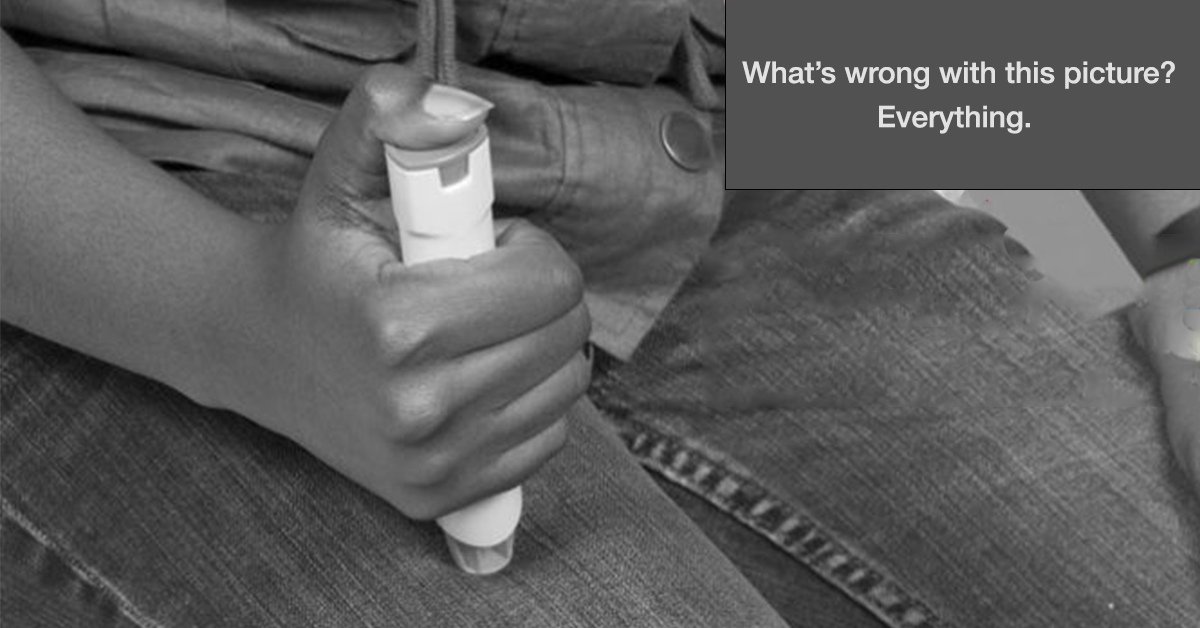We published an article last week about a study presented at the American Academy of Pediatrics 2017 National Conference & Exhibition. The study, a retrospective based on 1200 electronic reports filed by school nurses covering the 2014-15 school year, determined that one sixth (16.2%) of the epinephrine administrations were in fact administered by unlicensed staff or students.
The article generated a mix of responses with some asserting that it doesn’t much matter who administers the epinephrine as long as a student suffering anaphylaxis receives it.
We respectfully disagree. While its common knowledge that early administration of epinephrine for anaphylaxis leads to far better outcomes, the process is more complicated than simply pulling out an auto-injector and jabbing someone in the leg.
First, recognizing the symptoms of anaphylaxis is important so that it can be quickly diagnosed from other ailments that might present similarly, such as cardiac events and seizures.
Next, knowing where the stock epinephrine is kept within a facility is important, especially for times when the patient is not carrying their own supply. This is often the case in schools as the same study determined that nearly a third (33.1%) of the time epinephrine was administered to a student not known to the school as having a food allergy.
Once the epinephrine has been obtained, it’s important to know how and where to inject it. As the photo above from a previous article attests to, even food allergy advocates get this spectacularly wrong. Proper removal of tabs and caps, correct handling of the device, and administration perpendicular to the outside of the upper thigh for the appropriate duration of time are all important to ensure that sufficient epinephrine is delivered to the proper location in the body where it will be absorbed quickly. [Not sure?Click here to learn what’s wrong with the picture above.]
Finally, once epinephrine is administered, it’s important to determine whether the symptoms are subsiding or additional doses of epinephrine may be necessary to stabilize the sufferer.
All of the above leads us to two conclusions.
First, all school staff should be trained to respond when anaphylaxis is suspected and a licensed individual i.e. the school nurse is unavailable. Epinephrine administration training should take its place beside CPR and AED defibrillator training as must-haves.
Second, in this day when schools must accommodate many more students with medical issues that include such ailments as food allergies, asthma, diabetes, and autism, we believe it is imperative for every student to have access to a school nurse, who is trained and licensed to deal with the complexity of medical issues that present themselves at today’s schools on a daily basis.
Yes, it’s expensive. But the expense is necessary to ensure the safety and wellbeing of our children.
What do you think? Please be sure to add your opinion below.






